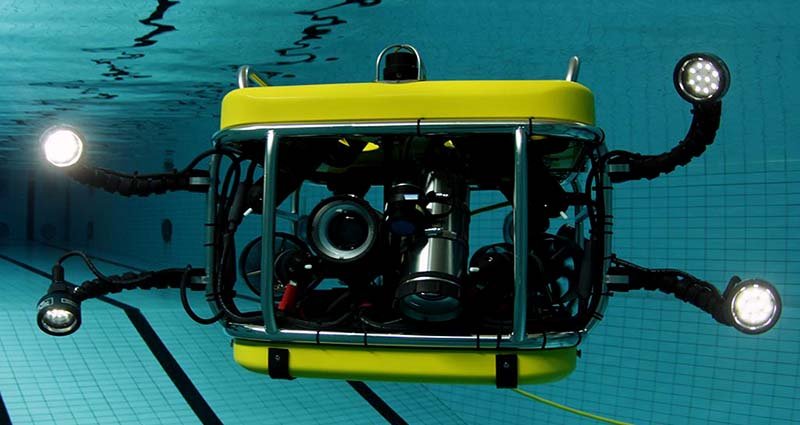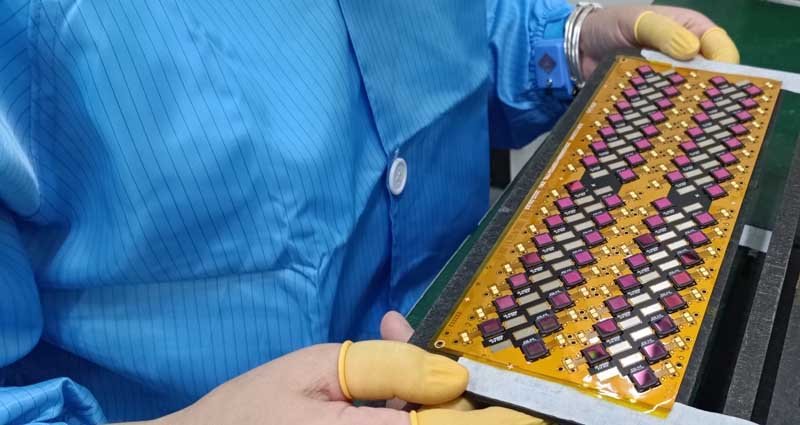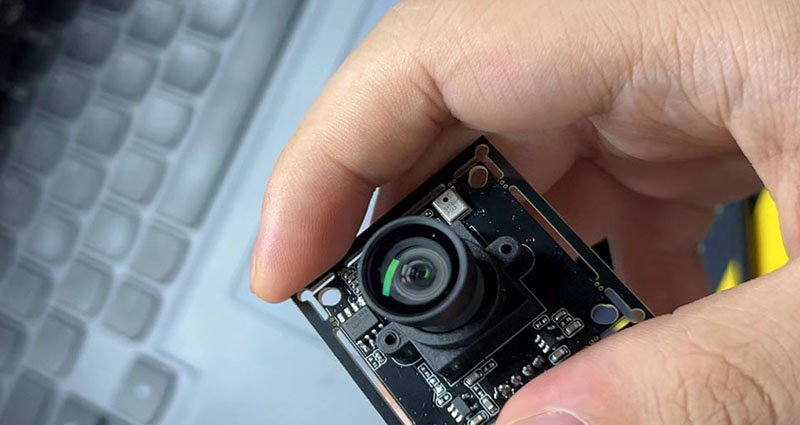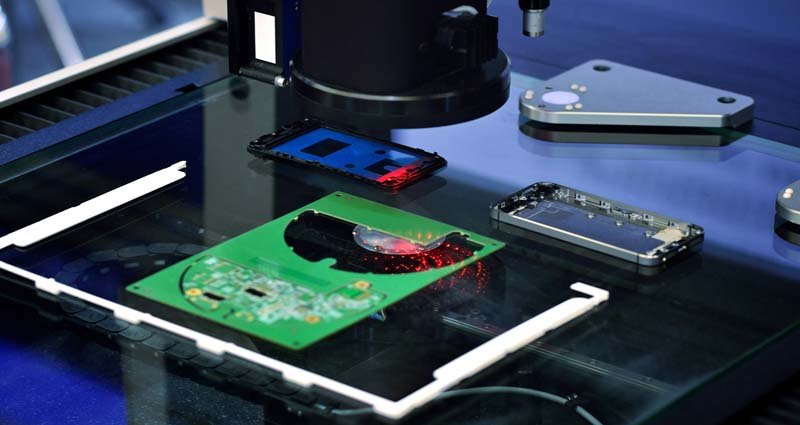Robotic cameras are autonomous devices designed to capture high-quality images and videos without human intervention. They are equipped with advanced features such as facial recognition, motion detection, and image stabilization that allow them to operate independently.

In today’s world, surveillance and security have become the primary concerns of individuals and organizations. As technology has advanced, traditional cameras have evolved into sophisticated devices that can capture high-quality images and videos. However, even the best cameras have their limitations. They require monitoring by an individual capable of comprehending the footage and utilizing it to identify potential threats. That’s where the robot camera comes in. In this blog post, we explore the advantages of robotic cameras and their potential uses in various industries.
Advantages of Robotic Cameras
One of the main advantages is their ability to work in challenging environments. Equipped with a waterproof housing, these cameras are capable of capturing every detail with stunning clarity regardless of the weather conditions. But that’s not all – these cameras are also capable of operating at incredibly high speeds, making them perfect for outdoor surveillance. In addition, with adoption of thermal sensors, they can detect heat signatures, making them an important tool in search and rescue operations.
Another benefit of robotic cameras is their ability to provide real-time data. Traditional cameras capture footage that requires post-analysis. This makes them very effective in emergency situations that require quick action. They can immediately alert security personnel to potential threats, enabling them to take appropriate action.
Applications

One of the most exciting applications for robot cameras is in robotics and artificial intelligence. By integrating robotic cameras with AI algorithms, they are able to interpret the data they capture. They can recognize objects and people, track their movements, and even predict their behavior based on previous data. This makes them an essential part of developing autonomous systems that can operate without human intervention.
Another industry that could greatly benefit from robotic cameras is the film and entertainment industry. Robotic cameras are capable of capturing footage that is beyond the reach of human camera operators. They can be mounted on drones, robots or even animals and are perfect for capturing immersive cinematic footage that transports viewers to exciting new places.
Conclusion
Robot cameras represent a major advancement in the field of surveillance and security. They offer autonomy and versatility unmatched by traditional cameras. As the technology continues to evolve, we can expect to see more innovative uses of robotic cameras across various industries. From search and rescue operations to movies and entertainment, these devices have the potential to change how we capture and analyze data. The future of surveillance and security is undoubtedly robots, and we can’t wait to see what happens next.



